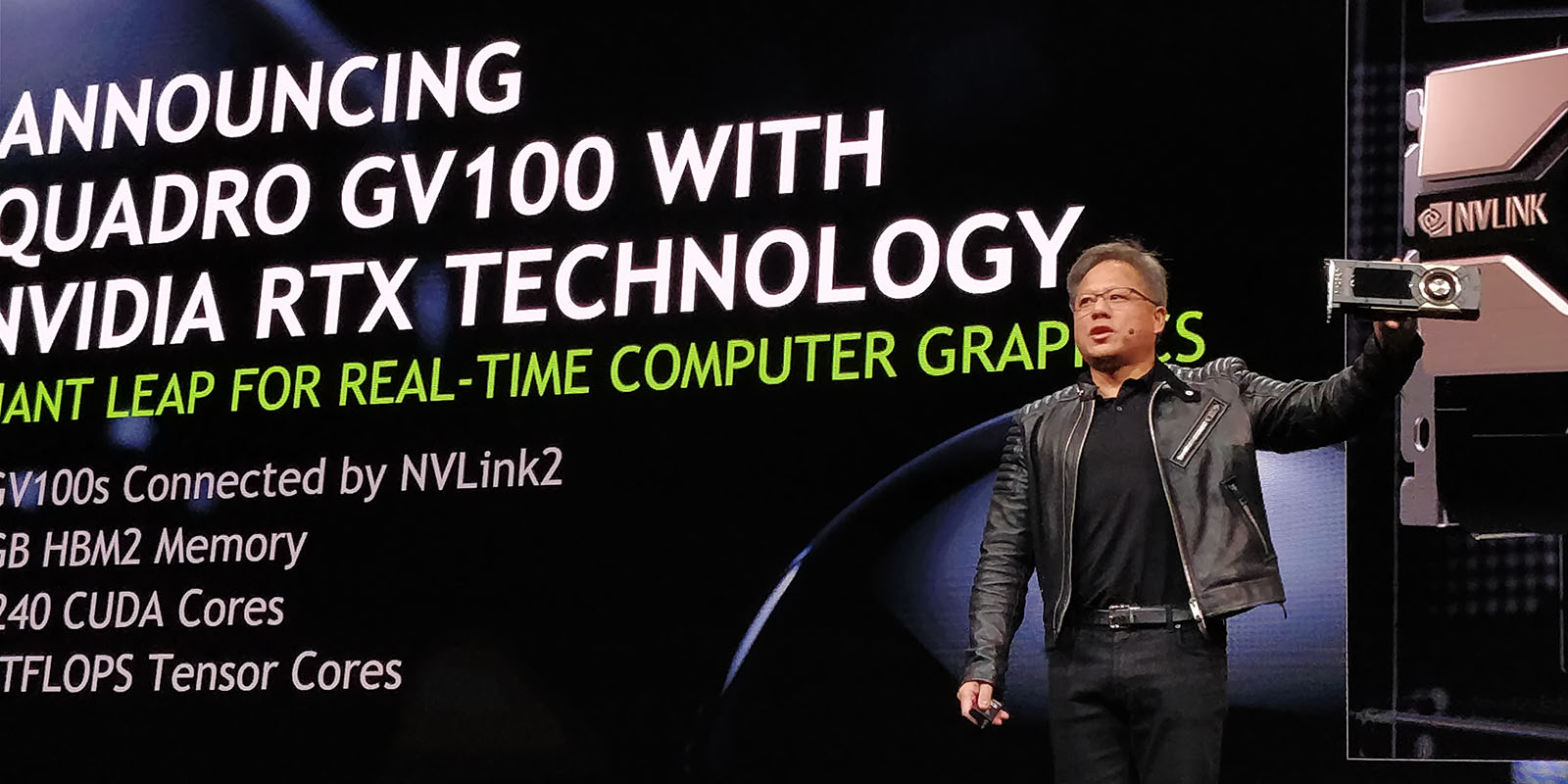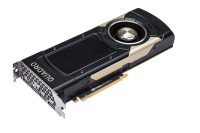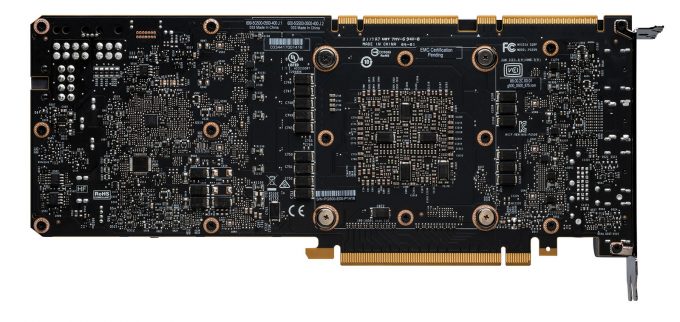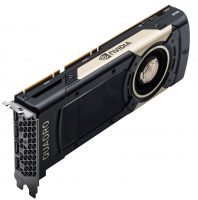- Qualcomm Launches Snapdragon 4 Gen 2 Mobile Platform
- AMD Launches Ryzen PRO 7000 Series Mobile & Desktop Platform
- Intel Launches Sleek Single-Slot Arc Pro A60 Workstation Graphics Card
- NVIDIA Announces Latest Ada Lovelace Additions: GeForce RTX 4060 Ti & RTX 4060
- Maxon Redshift With AMD Radeon GPU Rendering Support Now Available
NVIDIA Unveils New Flagship Quadro: GV100 With 32GB Of HBM2
It’s a given that NVIDIA will have a lot to talk about at its annual flagship GPU Technology Conference in San Jose, California, and this year’s event is no exception. We’re going to talk about some of the announcements separately, but to kick things off, I want to talk about the announcement that excites me most: new hardware.
The first Volta-based Quadro card will be the GV100, a name that wouldn’t have been hard to guess, given the GP100 featured Pascal. This announcement is interesting for a couple of reasons, and I hope to soon learn more about how the rest of the Quadro Volta lineup will follow – if there is indeed additional models.
Two SIGGRAPHs ago, NVIDIA unveiled its Pascal Quadros, including the top-end (at the time) P6000. That ~$5,000 GPU was followed-up with the ~$7,500 GP100 a bit later, one that follows the lead of top-end Tesla cards and delivers uncapped double-precision floating-point performance. It could be that NVIDIA will follow-up to the GV100 later with other lower-tier Volta models, but at the same time, it may not happen at all. Pascal still performs well, and since Volta needs HBM2, which is much more expensive than GDDR, and has Tensor cores, it feels like the next Quadros (eg: the next 6000 card) won’t be Volta, but another arch.
That all said, this is a ProViz card – it’s going to have the same workstation optimizations that every other Quadro card enjoys. But since the price is going to be higher (this is an assumption based on GP100 pricing) than the typical $5K price point of top-tier Quadros, GV100 is going to be best-suited for those who can take advantage of its Tensor cores or double-precision performance. (price has been confirmed at $8999)
Nonetheless, the GV100 is spec’d extremely similarly to the Tesla V100, and likewise, the TITAN V. Core counts will be the same, although one change is that the HBM2 memory has been boosted to 32GB. That also applies to the Tesla V100, which will only have 32GB models going forward. Whether pricing remains in tact between the iterations, I’m looking to find out.
If you’ve followed the news of NVIDIA’s RTX ray tracing technology, you probably noticed that Volta was specifically mentioned. Some took that to mean that the next gaming cards will be Volta-based, but at the moment, it seems like only the development side will be able to enjoy the features right now, while gamers will wait for it to trickle-down to gaming cards later. There’s been so much interference in the rumor mill about NVIDIA’s next-gen GeForce that I won’t bother speculating too much more here (it could be one of three or four architectures).
With the GV100, NVIDIA provides easy implementation into projects, and out-of-the-box, it ties in with NVIDIA’s OptiX and Microsoft’s DirectX 12 Raytracing APIs, and in time, Vulkan. Likewise, AI accelerated denoising is on tap, and having seen that in action in the past, it’s a really neat and useful feature, one that many in the industry have been craving for literally decades. Further, this is an untapped double-precision card as mentioned before, and 7.5 TFLOPs is some serious performance (15 TFLOPS single-precision).
Like the GP100, the GV100 also supports NVIDIA’s NVLink2 technology, which lets you combine two cards’ worth of VRAM. In this case, that’d provide 64GB of total accessible VRAM, catering to those with memory-strapped projects. NVLink2 bridges are sold separately, and generally sell for around $500.
Those interested in the GV100 won’t have to wait long to pick one up, as availability is expected next month. Since the TITAN V and Tesla V100 use similar hardware, this isn’t so much of a surprise – but either way, a quick launch is definitely nice to see.








